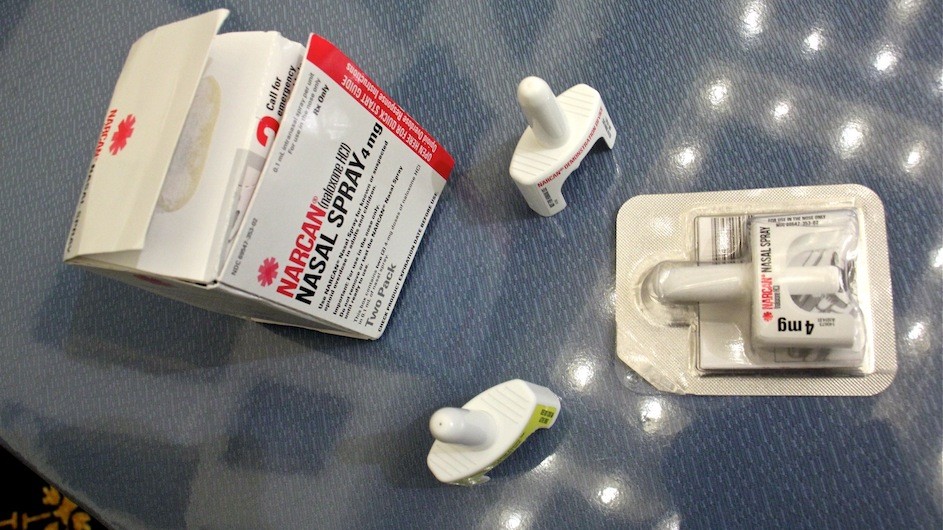Despite the challenges of a concurrent public health crisis—COVID-19—we cannot forget those lives impacted by the overdose epidemic. In response to these simultaneous epidemics, the HCS team continues to emphasize the need for easy access to naloxone and the implementation of evidence-based treatments and harm reduction strategies. Communities involved in the study are finding new ways to distribute naloxone and disseminate information about its use. In Greene County, in east-central New York, where cancellations of support group meetings may have contributed to a spike in overdoses naloxone is being distributed in key locations such as housing units and motels. Some counties are offering free virtual training in how to administer the medication.
For the life-saving drug to be effective, friends and family of opioid users need guidance in how to dispense it safely, particularly with the COVID-19 mandated social distancing rules. Fortunately, steps can be taken to prevent both the person who administers the naloxone and the overdosing person from exposure. The New York Department of Health’s COVID-19 Opioid Overdose Prevention Program Guidance explains how the medication can be provided safely by taking precautions, such as by wearing a protective mask and gloves and routinely washing their hands.
People who use drugs with others should have naloxone on hand and agree on a plan for accidental overdose, knowing that first responders are in higher demand than usual. Loved ones should frequently check in with family members or friends who are using drugs and, in addition to carrying a mask, should always carry naloxone.

